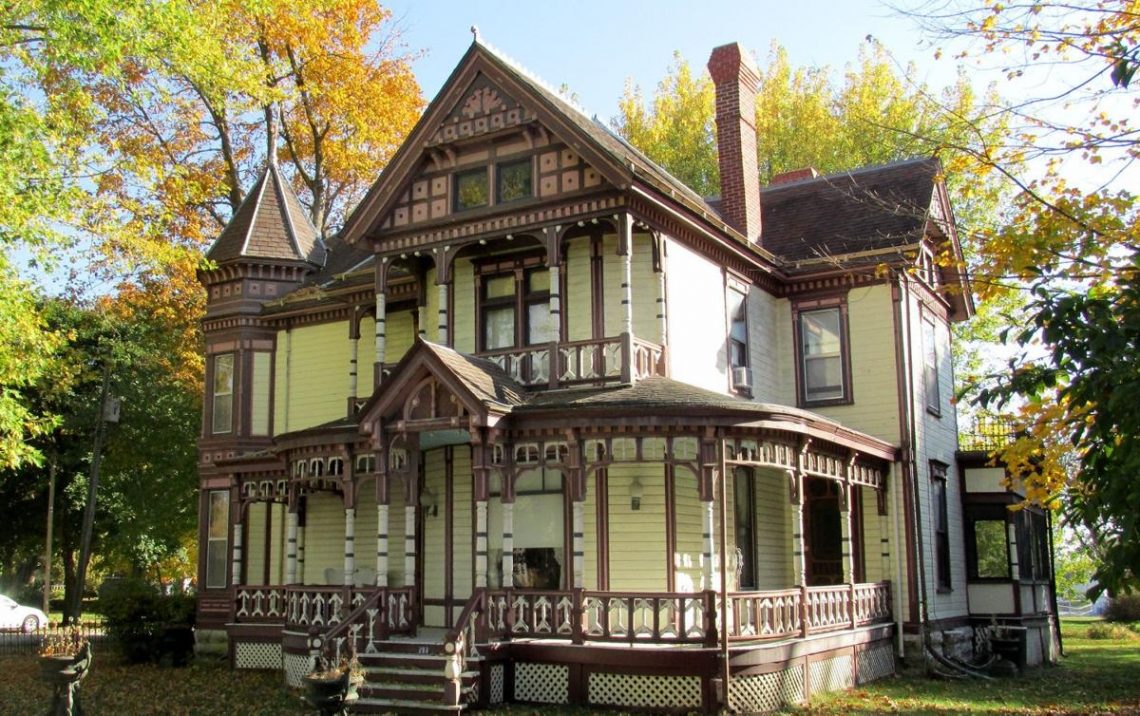
Plattsburg, an historic destination in Clinton County, Missouri
Named after another city located in another Clinton County, that one in New York State, Plattsburg is an historic destination that is great to visit. Here is some information that will certainly create an interest for anyone enjoying history, especially from the Civil War.
At the Beginning…
The first citizens of Plattsburg had to wait almost two years to finally live in a town with that name. That’s because when it was first created in 1833, the city adopted the name Concord, before they changed it to Springfield, only two months later. However, there was another town that already went by that name in Missouri, and so they had to come out with a new one. In the end, after a full year, they made the choice of Plattsburg. The name was adopted in January of 1835 and still stands today.
In order to understand the choice of the name, we have to look back East, all the way to New York State. There, another city by the name of Plattsburgh already existed, in the county of… Clinton! It made sense to the citizens and the leaders of the town to borrow their name. But to remain unique, they took out the “h” at the end, writing it as “Plattsburg.” The choice of Clinton, for the county, was in reference to George Clinton, Vice President of the U.S.
Main Activities in Plattsburg throughout its History
At inception, the location where Plattsburg stood (in the 1830s) was used as a federal land office. It was responsible for the new lands available in the northern parts of Missouri. It was close to the line where West America ended, and one of the few which weren’t used for military purposes. That lasted until the Platte purchase, which brought the U.S. territory, even farther West.
During the same period (the land office closed down in 1859), the city of Plattsburg also served as a railroad center. It is where depots were created to serve branch lines of the St. Louis, Kansas City, Hannibal & St. Joseph Railroads, back in 1871.
As it grew, it became a land used for growing tobacco and hem crops. That is in big part thanks to the fact that the land was mostly flat and really fertile. Clinton County, in general, is also famous for producing grain, dairy and poultry while being one of the leading cattle counties.
One of the First Modern Cities in America
Plattsburg grew very quickly. Its leadership also made sure that it stayed at the forefront. That is why, as early as 1920, many houses were already equipped with electricity, way ahead of others in the U.S. In fact, many of the original Antebellum homes that formed most of the original housing complex, were thorned down between 1880 and 1900. They were replaced by Victorian houses, which many are still standing today. That made it possible to modernize the facilities, even creating the first sewage system in 1928.
Although it wouldn’t be considered so today, Plattsburg was actually a cultural town back in time. It was home to Methodist college, as early as 1855. It was then bought by J.W. Ellis in 1897 and went under private hands. One of the entertainments found in town was an opera house. It was also home to a Chautauqua Indian Tribe.
The Civil War – The Battle of Plattsburg
Plattsburg was one of those cities who was divided by the Civil War. Both Confederate and Federal forces found believers in town. In fact, one of its churches illustrates this quite well, as it was used by both forces during the war. The Methodist Church built in 1859 was first home for the Confederate before serving as a hospital for the sympathizers of the North. That church stood until it was finally destroyed by a fire in the mid 2000s.
Although it might not have been one of the greatest battles between North and South, it is why it remains part of the history of America. It is the only fight that took place in Northern Missouri, and for that reason it is important to all in the region to keep its memory alive. The simple fact that many boys from Missouri lost their lives in the field, is sufficient to give it importance.
The battle was fought on the morning of July 21, 1864, just outside the town limits. The forces at play were the 89th Enrolled Missouri Militia versus the provisional Confederate forces, lead by Major John Thrailkill. On that early day, Major Thrailkill sent a note to the Federal forces, which was received by Captain Poe. It asked them to surrender. However, the response from Captain Poe was that they were there to defend the flag, and they would do so.
The early fight had the Confederate leading, killing many and seeing part of the militia flee. But as Captain Poe decided to defend the city, with whoever he still had under his command, Major Thrailkill learned that there were northern forces coming up on his rear and so he decided to end the fight and leave.




